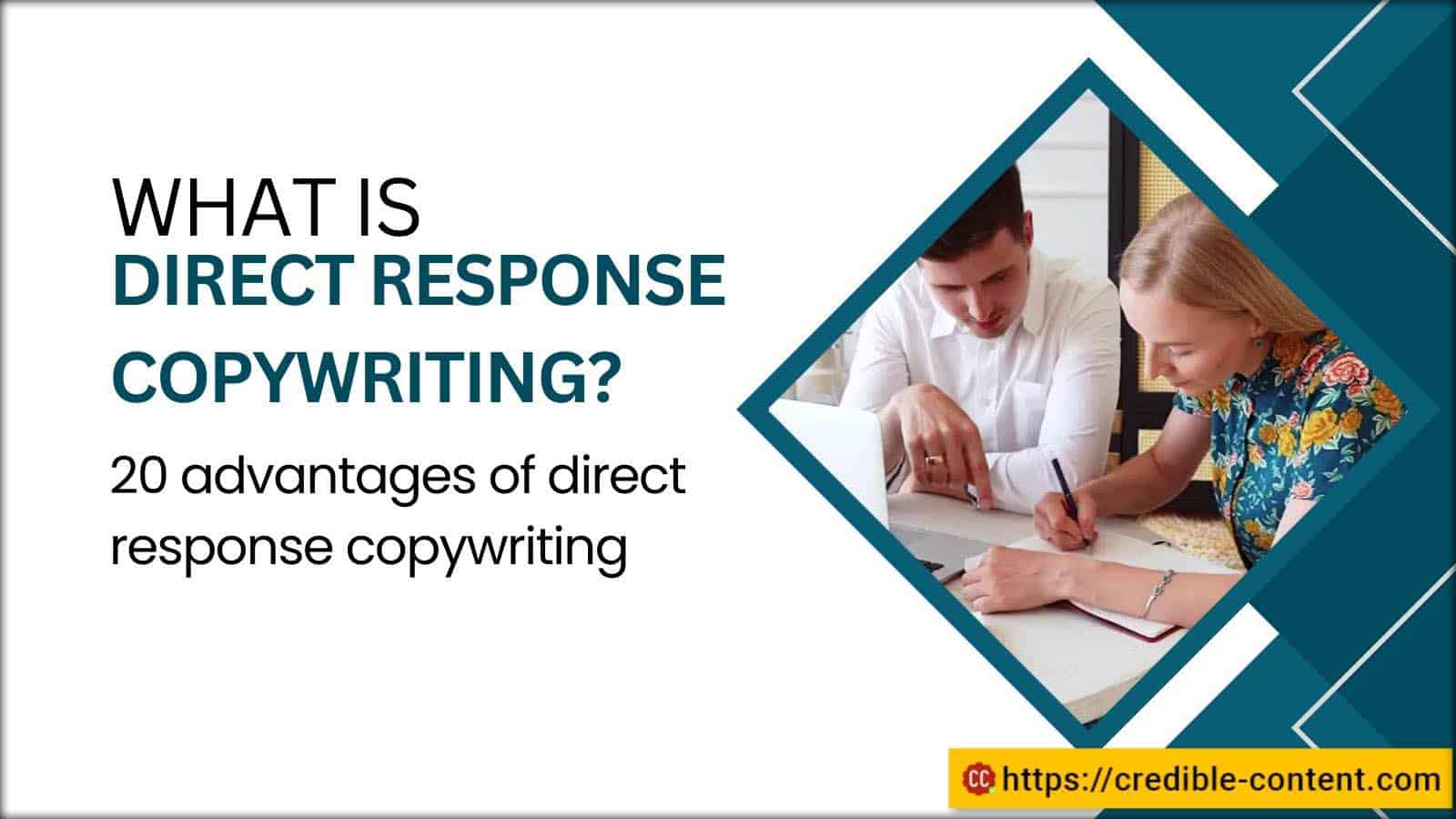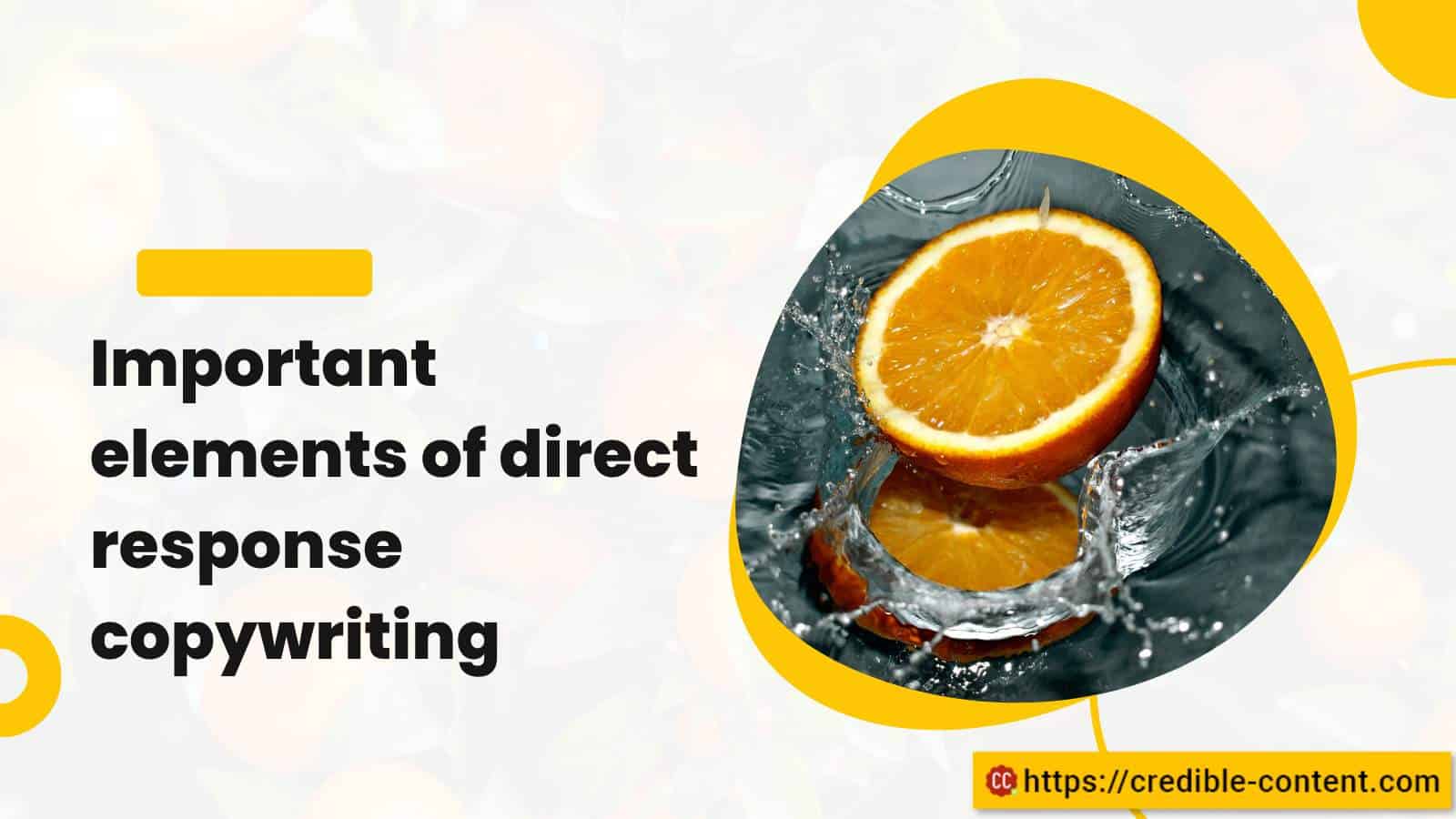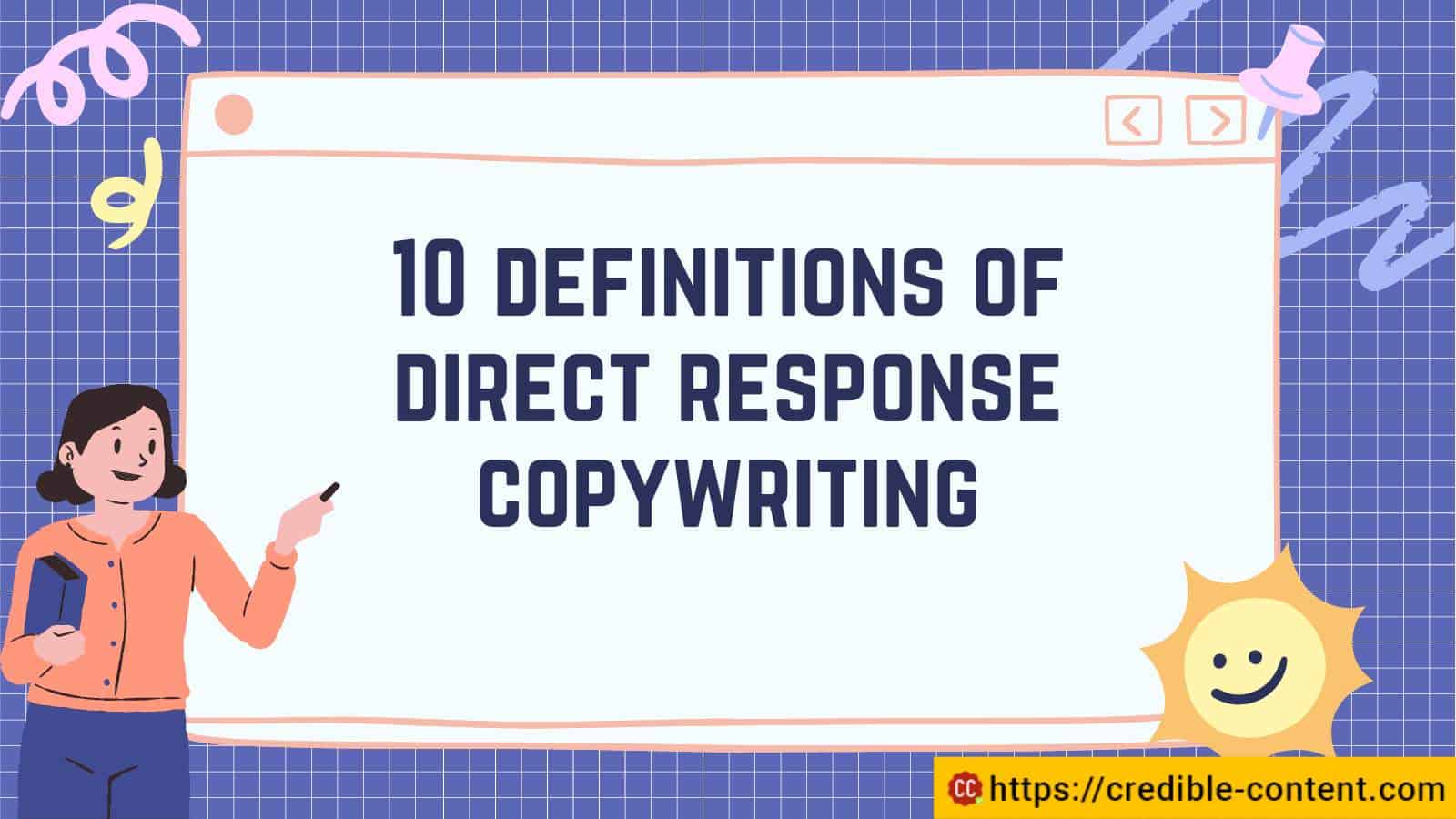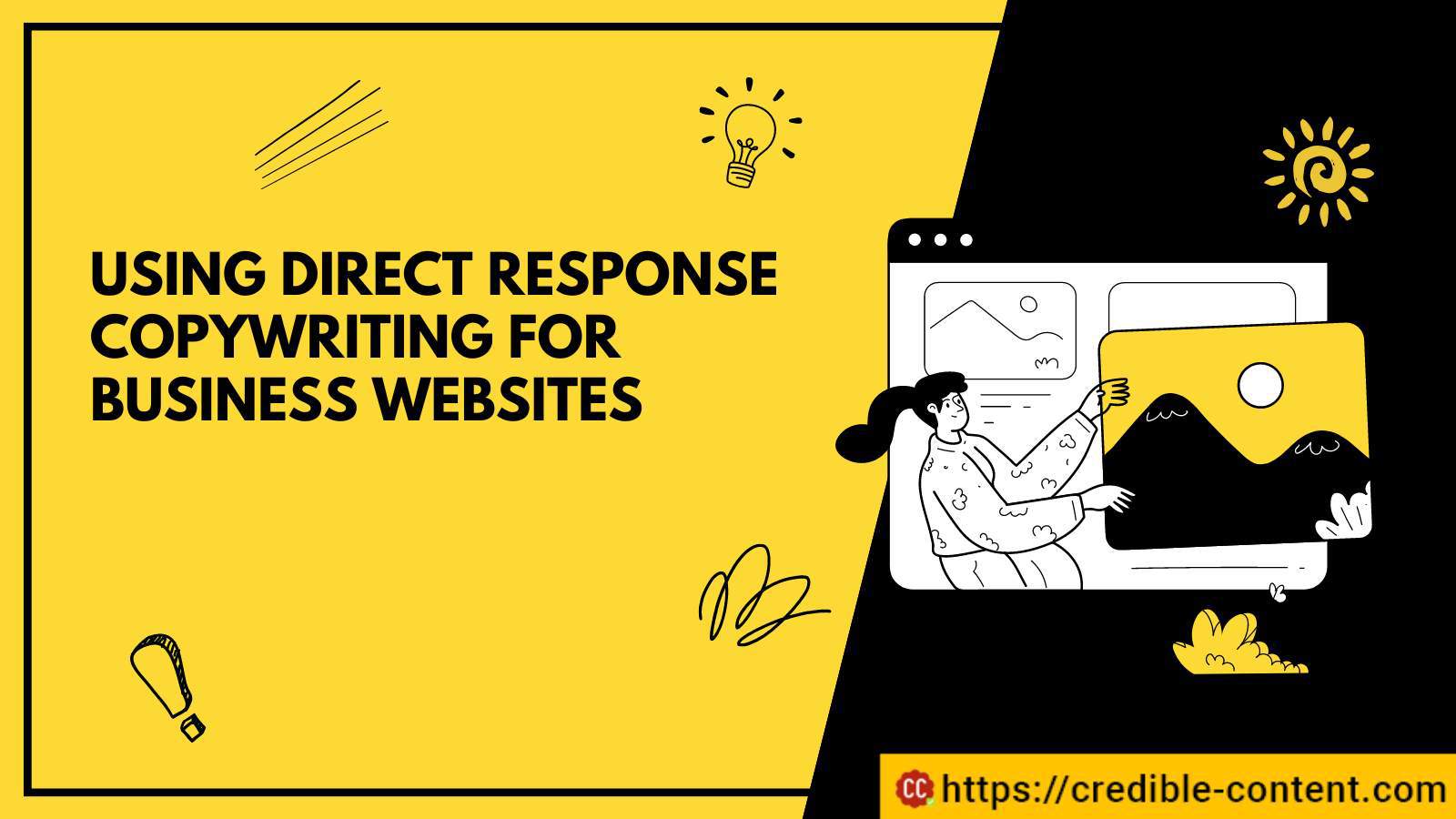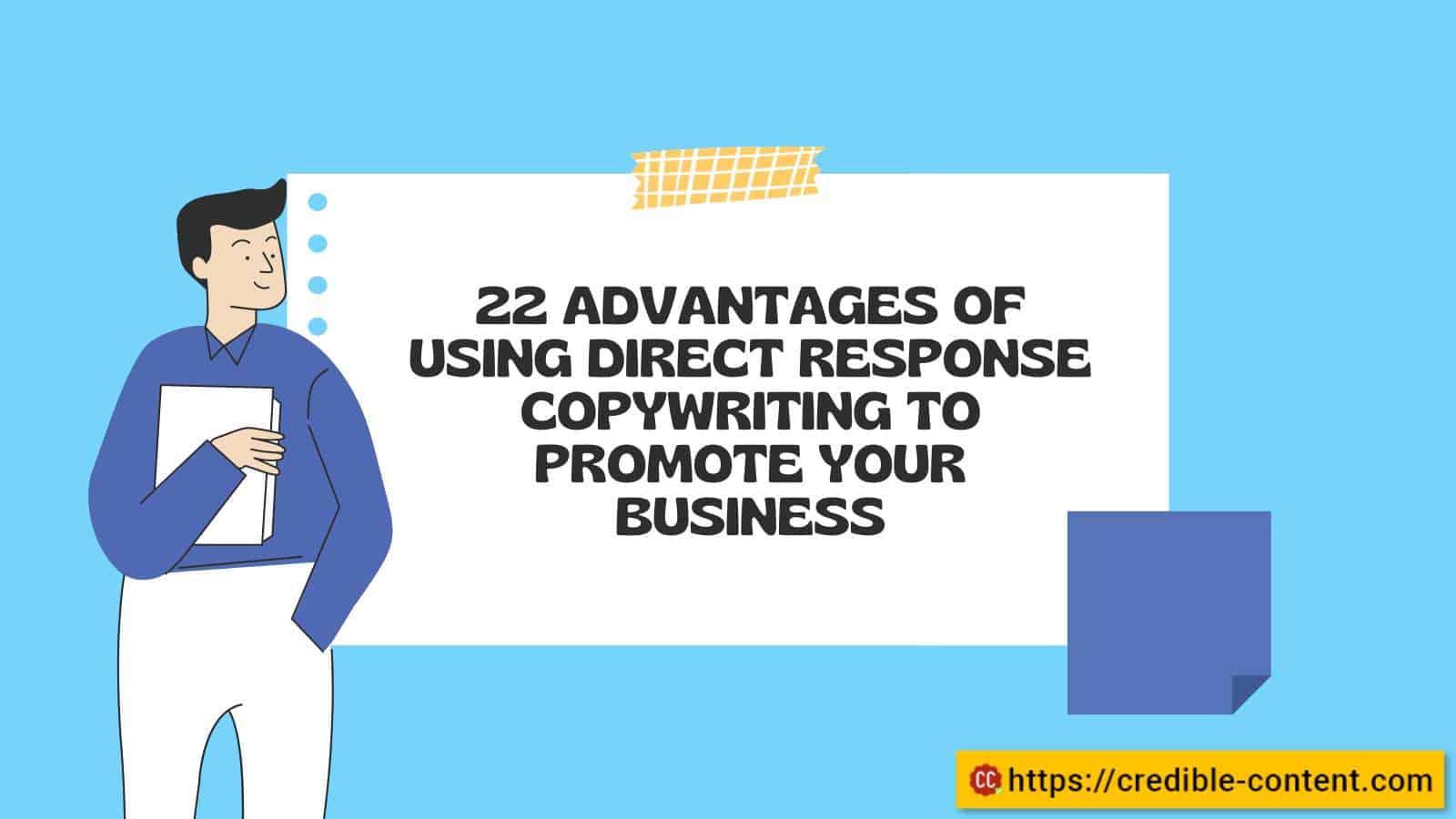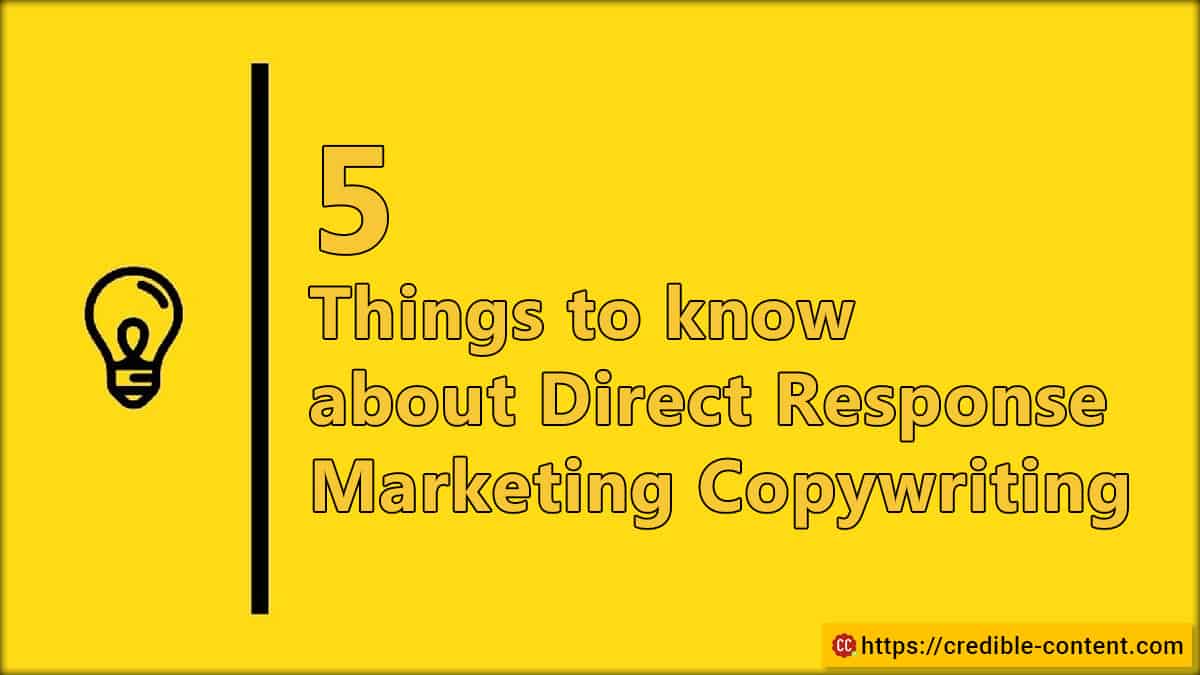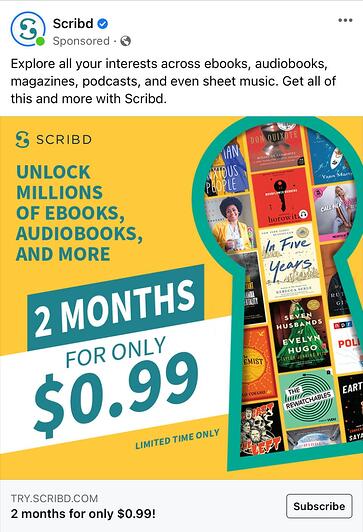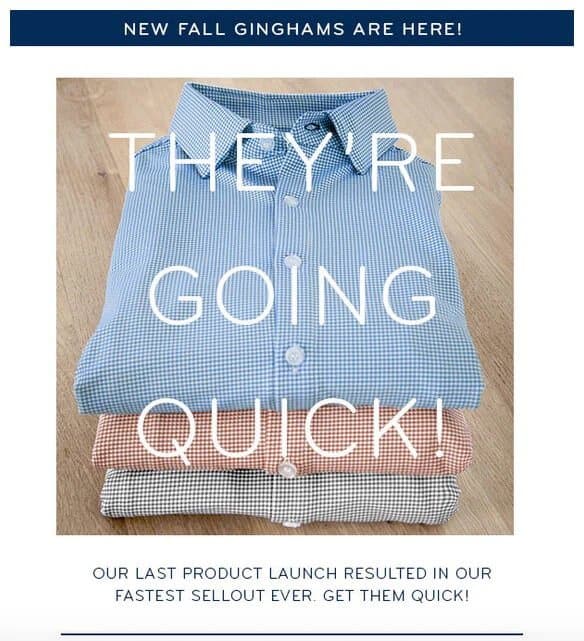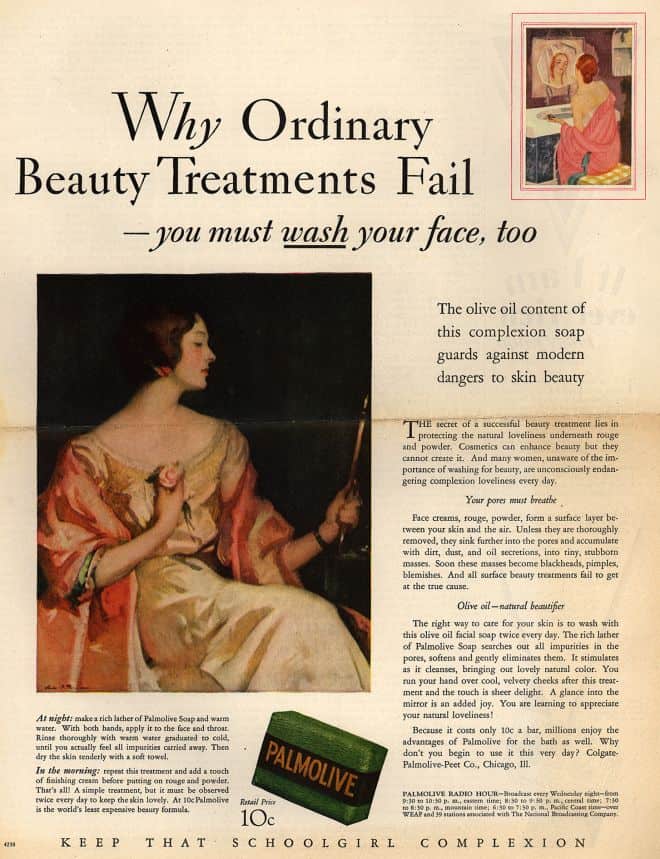Direct response copywriting is meant to persuade readers to take a specific action. It may be buying a product, signing up for your newsletter, downloading an e-book, or clicking a link.
How is direct response copywriting different from other forms of copywriting?
It has a sense of urgency. Although it may inform and educate, that is not the primary purpose. The primary purpose of the response copywriting is to elicit a response as soon as possible.
Here are a few media and marketing examples where direct response copywriting is used:
Email marketing
Such email marketing campaigns encourage your recipients to take a specific action such as clicking a link, making a purchase or subscribing to regular updates.
This email marketing message has an attention-grabbing subject line. It makes a compelling offer. It has call-to-action buttons that stand out.
The email marketing campaign may carry such a call-to-action:
Get 25% off of our T-shirts. Click immediately to avail your exclusive discount.
Infomercials
These are those TV programs where they sell products and other items like furniture, furnishings, office utilities or kitchenware (and many other innovative products).
The primary purpose of the script is to encourage people to give a call (teleshopping number) and place an order.
Here is how their call-to-action may sound like:
Call now and get this set of knives free with your vegetable chopping set. This exclusive offer will last only for the next 30 minutes.
Landing pages
Most of the landing pages are good examples of direct response copywriting. They are primarily used with PPC marketing campaigns and have a very well-defined purpose.
A landing page call-to-action may look like this:
Book your seat today for our seminar. We have limited seats. Get exclusive industry insights and special offers by booking right now.
Here are five examples of direct response copywriting in day-to-day life:
- A headline on a landing page that says “How to Lose 10 Pounds in 30 Days Without Dieting or Exercise” and invites readers to enter their email address to get a free report.
- A pop-up ad that says “Don’t Miss This Limited-Time Offer! Get 50% Off Your First Order of XYZ Product Today Only!” and has a button that says “Buy Now”.
- A sales email that says “You’re Invited to an Exclusive Webinar with ABC Expert” and explains how the webinar will help readers solve their problem and what they will learn from it.
- A social media post that says “I Just Tried This Amazing New Product and You Won’t Believe What It Did for Me!” and includes a testimonial and a link to the product page.
- A blog post that says “The One Thing You Need to Do to Achieve Your Goals in 2021” and reveals a secret tip and a call to action to join a coaching program.
Some important elements of the response copywriting are:
- A clear and compelling headline that captures the attention and interest of the reader.
- A strong and relevant offer that provides a clear benefit and value proposition for the reader.
- A clear and urgent call to action that tells the reader what to do next and why they should do it now.
- A proof and credibility section that builds trust and authority by providing testimonials, reviews, statistics, or guarantees.
- A sense of scarcity and exclusivity that creates a fear of missing out and motivates the reader to act fast
10 definitions of direct response copywriting from famous copywriting books
- “Direct response copywriting is written to get the reader to take action, whether it’s buying a product, signing up for a service, or making a donation.” – Gary Halbert, The Gary Halbert Letter.
- “Direct response copywriting is the art and science of writing copy that gets people to take action.” – Dan Kennedy, The Ultimate Sales Letter.
- “Direct response copywriting is writing that is designed to elicit a specific response from the reader, such as making a purchase, signing up for a newsletter, or calling a toll-free number.” – Joe Sugarman, Advertising Secrets of the Written Word.
- “Direct response copywriting is the process of creating written content that is designed to elicit a measurable response from the reader, such as a purchase, a subscription, or a donation.” – Clayton Makepeace, The Copywriter’s Handbook.
- “Direct response copywriting is writing that is designed to get the reader to take action immediately.” – John Caples, Tested Advertising Methods.
Here are some detailed definitions of direct response copywriting:
“The Copywriter’s Handbook” by Robert W. Bly:
“Direct response copywriting is a form of persuasive writing that aims to elicit an immediate response or action from the reader. It focuses on crafting compelling messages that generate measurable results, such as sales, leads, or inquiries.”
“The Ultimate Sales Letter” by Dan S. Kennedy:
“Direct response copywriting is the art of creating sales messages that are designed to grab attention, build interest, and drive prospects to take a specific action. It involves using persuasive language, emotional triggers, and compelling offers to generate an immediate response.”
“Ca$hvertising” by Drew Eric Whitman:
“Direct response copywriting is the skill of crafting words and messages that motivate prospects to respond, take action, and make a purchase. It emphasizes the use of psychological triggers, benefit-driven language, and calls to action to elicit a measurable response.”
“Breakthrough Advertising” by Eugene M. Schwartz:
“Direct response copywriting is the art of communicating a product’s unique selling proposition in a way that engages the prospect’s attention, creates desire, and compels them to take action. It involves understanding the prospect’s needs, addressing objections, and presenting a compelling offer.”
“The Adweek Copywriting Handbook” by Joseph Sugarman:
“Direct response copywriting is the process of writing persuasive messages that elicit a specific response from the reader or audience. It focuses on engaging the reader, highlighting the benefits of the offer, and providing a clear call to action to drive measurable results.”
Can direct response copywriting be used on business websites?
The primary purpose of a business website is to educate and inform. Of course, it has multiple elements that represent a strong call-to-action.
After all, no matter how many web pages and blog posts I publish on my website, in the end, I want my prospective clients to contact me for content writing and copywriting assignments.
Having said that, direct response copywriting can be highly effective when writing for a business website.
It is often recommended to employ direct response techniques in website copy to engage visitors, drive conversions, and achieve specific business goals.
Here’s how direct response copywriting can be utilized on a business website:
Compelling Headlines
Use attention-grabbing headlines that instantly communicate the unique value proposition of your product or service.
A strong headline should capture the reader’s interest and entice them to explore further.
Persuasive Product Descriptions
Craft persuasive and benefit-driven descriptions of your products or services.
Highlight their features, advantages, and how they solve the customer’s problems or fulfil their needs.
Focus on the value they offer and use persuasive language to evoke desire.
Clear Calls-to-Action
Include clear and prominent calls to action (CTAs) throughout your website.
These are specific instructions that prompt visitors to take the desired action, such as “Buy Now,” “Sign Up,” or “Contact Us.”
Use action-oriented language and make the CTA visually distinct to encourage clicks.
Testimonials and Social Proof
Incorporate testimonials, reviews, case studies, or any form of social proof to build credibility and trust with your website visitors.
Include real-life examples of satisfied customers to demonstrate the value and reliability of your products or services.
Opt-in Forms and Lead Generation
Use direct response techniques to capture visitor information through opt-in forms and lead generation mechanisms.
Offer valuable incentives, such as free guides, e-books, or exclusive content, in exchange for visitors’ email addresses or contact details.
Urgency and Scarcity
Employ persuasive tactics like limited-time offers, scarcity of products or services, or time-sensitive promotions to create a sense of urgency and encourage immediate action.
This can help expedite the decision-making process and drive conversions.
Benefit-Focused Content
Ensure that your website content focuses on highlighting the benefits and solutions your products or services offer to customers.
Clearly communicate how your offerings can enhance their lives, save them time, or solve their problems.
When applying direct response copywriting to your business website, it is essential to understand your target audience, tailor the messaging to their needs and motivations, and continuously test and optimize your copy based on data and feedback.
10 ways to direct response copywriter can help you grow your business
- Crafting Compelling Messages: A direct response copywriter can create persuasive and attention-grabbing messages that effectively communicate the value of your products or services, driving interest and generating leads.
- Increasing Conversion Rates: By leveraging persuasive language and psychological triggers, a direct response copywriter can optimize your copy to increase conversion rates, turning more prospects into paying customers.
- Engaging Targeted Audiences: A skilled copywriter understands how to tailor messages to specific audience segments, resonating with their needs, interests, and pain points, resulting in higher engagement and response rates.
- Creating Irresistible Offers: A direct response copywriter can develop compelling offers and incentives that motivate prospects to take immediate action, such as making a purchase or signing up for a newsletter.
- Building Brand Trust and Credibility: Through well-crafted copy, a copywriter can position your brand as an authority in your industry, establishing trust and credibility with your target audience.
- Optimizing Landing Pages: A direct response copywriter can optimize landing pages to enhance user experience, reduce bounce rates, and guide visitors towards conversion with clear and persuasive messaging.
- Conducting A/B Testing: By conducting A/B testing on different copy variations, headlines, or calls to action, a copywriter can analyze data and make data-driven decisions to continuously improve campaign performance.
- Leveraging Emotional Appeal: Direct response copywriters understand how to tap into emotions and leverage storytelling techniques to create a strong emotional connection with your audience, compelling them to take action.
- Maximizing ROI: With a focus on generating measurable results, a direct response copywriter can help you maximize your return on investment (ROI) by optimizing campaigns for better performance and higher conversion rates.
- Nurturing Customer Relationships: Through strategic email sequences, newsletters, and follow-up communications, a copywriter can help build and nurture long-term relationships with customers, fostering loyalty and repeat business.
22 advantages of using direct response copywriting to promote your business
1. Immediate Response
- Direct response copywriting prompts immediate action from your audience, creating a sense of urgency and encouraging them to respond right away.
- By incorporating persuasive language, compelling offers, and clear calls to action, direct response copy triggers an immediate response from prospects.
2. Measurable Results
- Direct response campaigns provide measurable data and analytics, allowing you to track the effectiveness of your efforts and make data-driven decisions.
- Through various tracking mechanisms such as unique URLs, coupon codes, and landing page analytics, you can precisely measure the response rates, conversions, and return on investment (ROI) of your campaigns.
3. Targeted Audience
- Direct response copywriting enables you to target specific segments of your audience, ensuring that your message reaches the right people.
- To create messages that truly connect with your audience, you need to know their specific characteristics, interests, and challenges. This way, you can customize your messages to address their unique needs and aspirations.
4. Increased Sales
- Effective direct response copywriting has the power to boost sales and revenue by compelling prospects to make a purchase.
- Direct response copy convinces potential customers to make a purchase by emphasizing the advantages and distinctive features of your product or service.
5. Cost-Effective
- Compared to traditional advertising, direct response copywriting often requires lower investments, making it a cost-effective marketing strategy.
- To get the most out of your marketing budget and make a big impact, it’s important to target your audience precisely and focus on generating responses and conversions.
6. Personalization
- Direct response copy allows you to tailor your message to the individual recipient, creating a personalized experience that resonates with them.
- Using data and segmentation allows you to send tailored messages that directly cater to the individual needs and preferences of each prospect, ensuring maximum relevance and customization.
7. Building Customer Relationships
- Direct response copy fosters a sense of connection with your audience, building trust and long-term relationships.
- Through the consistent delivery of valuable and engaging content, direct response campaigns build your brand’s reputation as a trusted authority and foster customer loyalty.
8. Enhanced Brand Awareness
- Engaging copy in direct response campaigns helps increase brand awareness and recognition among your target audience.
- When you create compelling headlines, captivating stories, and memorable taglines, you establish a powerful brand presence that leaves a lasting impression.
9. Clear Call-to-Action
- Direct response copy includes a clear call to action, guiding prospects on the specific action they should take.
- When you use compelling language, create a sense of urgency, and offer persuasive incentives, you motivate prospects to take the desired action, whether it’s making a purchase, signing up for a newsletter, or scheduling a consultation.
10. Meets Customer Needs
- By addressing pain points and offering solutions, direct response copywriting speaks directly to customer needs and desires.
- When you understand your customers’ challenges, aspirations, and motivations, you can craft messages that truly connect with them and position your product or service as the perfect solution.
11. Increased Website Traffic
- Effective direct response campaigns drive targeted traffic to your website, leading to higher conversion rates.
- When you utilize different channels like email marketing, social media advertising, and search engine optimization, you can attract qualified prospects to your website and lead them to take action.
12. Strong Differentiation
- Direct response copy highlights unique selling points and differentiates your business from competitors, helping you stand out in the market.
- When you highlight your unique value proposition and clearly communicate what makes you stand out, you provide a compelling reason for prospects to choose your product or service over competitors.
13. Higher Conversion Rates
- Direct response campaigns focus on driving conversions, resulting in higher conversion rates compared to generic advertising.
- When you use persuasive copy, compelling offers, and optimized landing pages, you create a smooth and convincing customer journey that maximizes conversions.
14. Improved Customer Segmentation
- Direct response copy allows for precise audience segmentation, enabling you to create tailored messages for different customer segments.
- When you divide your audience into segments based on demographics, behaviors, or buying patterns, you can send focused messages that connect with specific groups and achieve higher response rates.
15. Optimized Marketing Budget
- Direct response copywriting helps you allocate your marketing budget more effectively by focusing on measurable results and return on investment.
- When you monitor and analyze campaign performance, you can pinpoint areas that need improvement and optimize how you allocate your budget to achieve the greatest impact.
16. Flexibility and Adaptability
- Direct response campaigns can be easily adjusted and adapted based on customer feedback, market trends, and campaign performance.
- Continuous testing and optimization of your messaging, offers, and creative elements allow you to refine your campaigns and enhance their effectiveness as time progresses.
17. Engaging Storytelling
- Direct response copywriting incorporates storytelling techniques to engage and captivate your audience.
- When you incorporate narratives, anecdotes, and testimonials into your copy, you establish an emotional bond with prospects that compels them to take action.
18. Immediate Feedback
- Direct response campaigns generate immediate feedback from your audience, allowing you to gauge their response and adjust your strategy accordingly.
- When you monitor response rates, conversion rates, and customer feedback, you can use data to guide your decisions and improve your campaigns for more successful outcomes.
19. Viral Potential
- Well-crafted direct response campaigns have the potential to go viral, amplifying your message and reaching a wider audience.
- When you produce captivating and shareable content, you can tap into the influence of social media and word-of-mouth marketing to naturally expand your reach.
20. Customer Insights
- Direct response copywriting generates valuable insights into customer behavior, preferences, and pain points, helping you refine your marketing strategies.
- When you analyze response data, customer feedback, and engagement metrics, you develop a comprehensive understanding of your audience and can customize your future campaigns for improved outcomes.
21. Long-Term Impact
- Direct response campaigns often have a lasting impact on customers, as they remember the compelling messages and take action over time.
- When you cultivate brand loyalty and nurture customer relationships, direct response copywriting plays a vital role in fostering long-term business growth and retaining customers.
22. Continuous Optimization
- Direct response copywriting allows for continuous optimization of your campaigns, ensuring they remain relevant and effective in a rapidly evolving market.
- When you experiment with various copy variations, offers, and creative elements, you can fine-tune your campaigns, boost response rates, and maintain a competitive edge.
The power of direct response copywriting in promoting your business and achieving marketing objectives is evident through these advantages. When you capitalize on these benefits, you have the ability to create captivating campaigns that deliver results, engage your audience, and propel your business to new heights.

